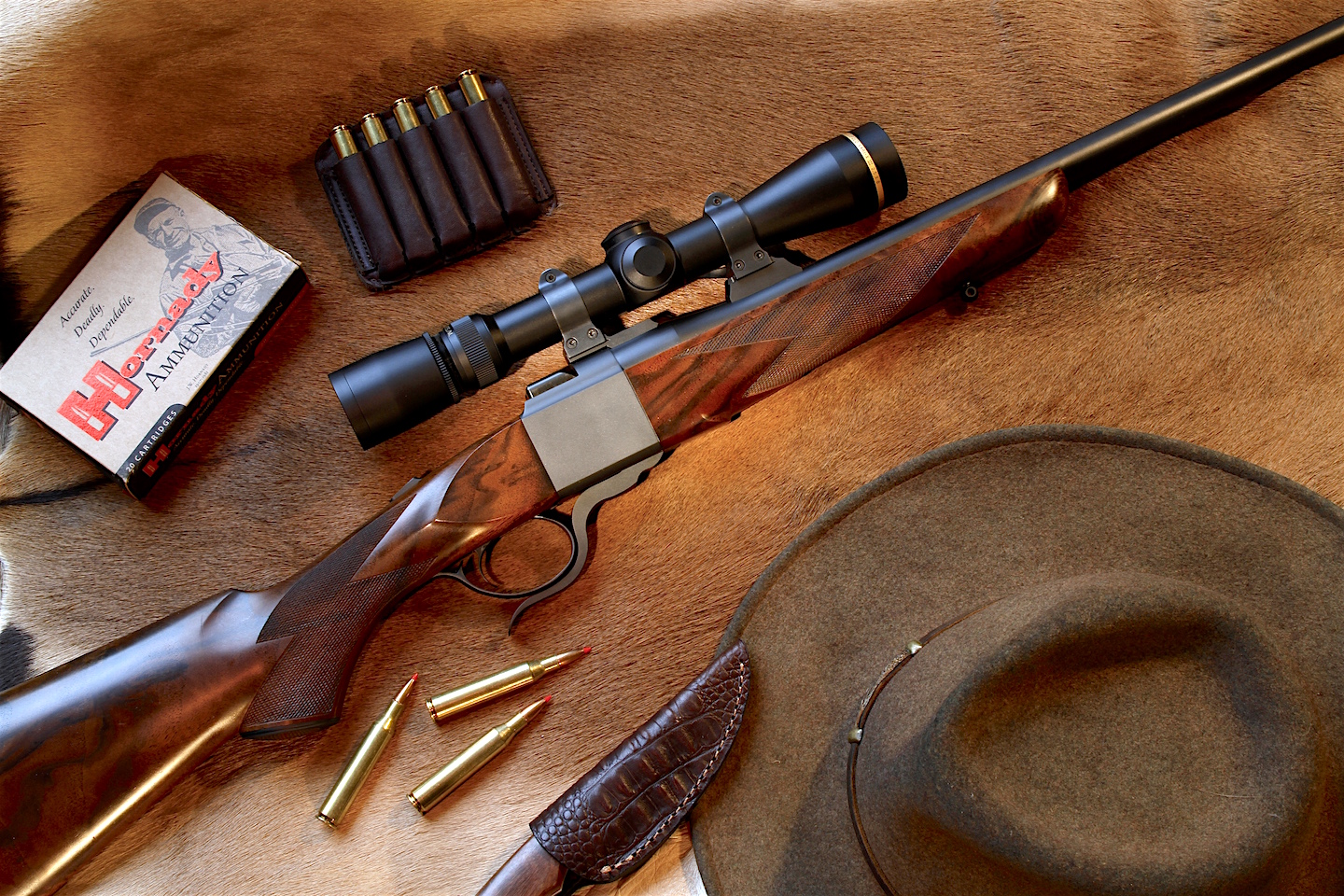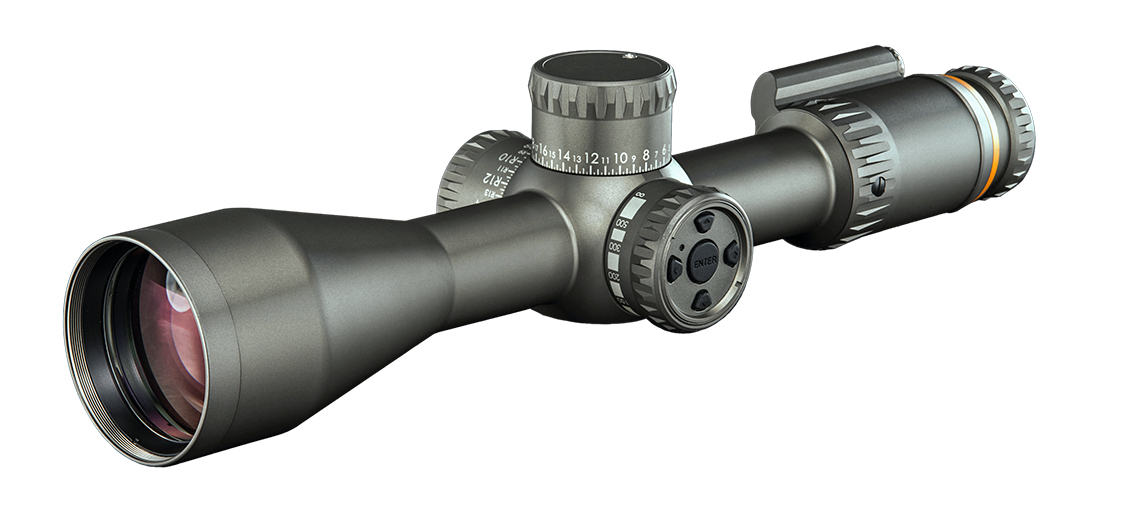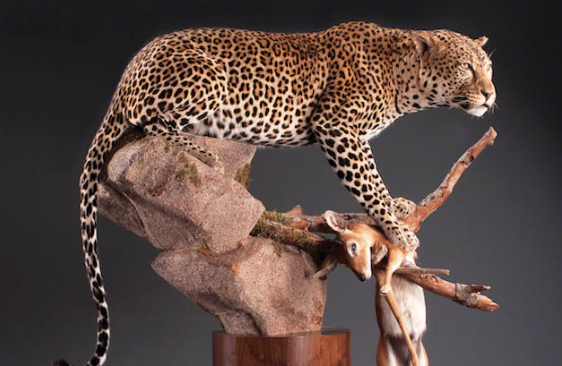Hunters are always looking for the best big-game rifle, that magical conglomeration of steel, aluminum, walnut, or fiberglass that will carry like a wand, recoil like a rimfire, and land with the precision and punch of a guided missile.
Part of my job as a writer, TV host, and seminar speaker is to describe the features that help you find your best rifle ever.
At a Deer & Turkey Expo one March, my seminar on rifles, cartridges, and ballistics inspired a middle-aged man to approach me afterward.
“I caught your talk and enjoyed it,” he said. “But I can tell you what the best rifle in the world is.”
“Okay,” I said. “What is it?”
“It’s the lever-action .30-30!”
“Why do you say that?” I asked.
“Because . . .” He pulled a photo from his breast pocket. “You see this Winchester? Model 94. My grandpa bought it back in the 1930s and shot every one of his deer with it, several of them running. Then Dad started hunting with it, and he killed every one of his bucks with it before giving it to me, and now I’ve shot all my deer with it. Never lost a one! Same tree stand in the southeast corner of our 40-acre corn field. They come out within 50 yards and never know what hit ’em. I love this rifle!”
“Excellent. I wish you continued success with it.”
What else can you say to a hunter like that? There’s no sense in bringing up feet-per-second, drop, drift, or retained energy at 300 yards. His .30-30 Winchester was clearly working perfectly for his style of hunting. More importantly, he obviously had a deeply personal, emotional connection with it. No quantity or quality of statistics was going to change that, so why waste his time?
This, of course, doesn’t mean that the .30-30 lever-action is the best rifle. But it was for him, and that’s the fascinating thing about rifles, cartridges, and the men and women who take them hunting: they become more than metal and mechanics, more than just triggers, twist rates, bullets, ballistics, and performance. They become connections and relationships. They grow to be familiar, treasured tools, touchstones to history, family, traditions, and memories. Our rifles become tactile reminders of the mysteries and joys of our hunting lives.
For many of us, rifles are vital cords tying us to our younger selves, that time in our lives when we were all hope and promise, infatuated with the idea of what could be, where we would go, and what we would do. We chose that first rifle to be a vital partner in our adventures, and soon enough it became a vehicle driving us toward our dreams. Just seeing it leaning in the corner could transport us to the far north with moose in the meadows and wolves howling under a full moon. Cleaning it could have us climbing toward a six-point bull bugling down the shining mountains. Zeroing it could send us crawling toward pronghorns on a golden plain so wide it curved at the edges. Shouldering it in our bedrooms, we clearly saw whitetails ghosting through snowy conifer woods, antlers flashing like picket fences. And one day we picked up that rifle, scratched and scarred, the blueing rubbed to silver on the floorplate, and realize it no longer was just a dream. It had become our dream maker.
I once met a hunter who carried a well-worn Remington pump .30-06 because a dear, dying friend had asked him to take it back to the woods for one last hunt, a hunt the sick friend was too weak to make.
“In my mind I can still smell the November woods,” he’d said. “The damp, rotting leaves, the frost on the pines. Maybe you can get a whiff of it to cling to this old .30-06 for me. Take a picture of it by the buck, too.”
The man was dead before the hunter returned, so now, each deer season, he and that rifle keep hunting, and he photographs it leaning against each buck they bag.
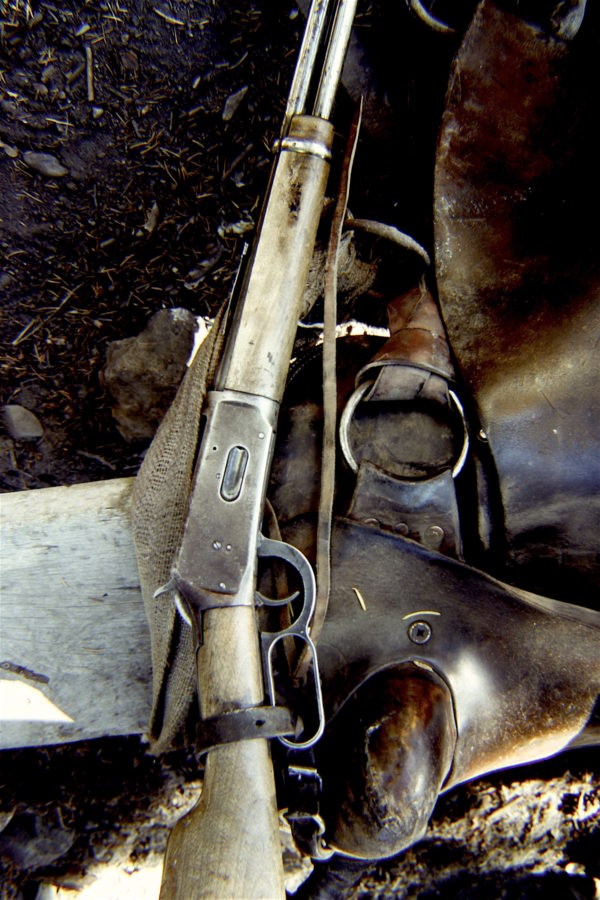
The “best” rifle, a Model 94.
Less dramatically, but just as powerfully, are the many hunters afield with their mom or dad’s old rifle. It might not be chambered for the flattest-shooting cartridge, fitted with the latest high-tech stock or topped with the world’s brightest scope, but it’s perfect.
“Mom hunted with this rifle for ten years and never got a shot until the fall she took me on my first hunt,” a woman once told me. She cradled a Savage 99 in .250-3000. “I was four or five, and Mom could have stayed home with me and let Dad and his friends bring home the meat, but I begged to go. She probably wanted to, too, I think. But I don’t think Dad wanted us to.
“Anyway, the two of us just went out behind the house. It was just a small patch of woods looking over a pasture, but to me it was this big wilderness. We sat against a big old oak. I can still hear how still and hushed it all was. A few crows calling in the distance and a squirrel barking. I remember that. And pretty soon here came a buck sniffing across that pasture like a hound dog. Never knew we were there.
“He was so close I thought he was going to step on us before Mom shot. He ran off like a cat, but there was blood on the grass, and we trailed it right to him. Big old nine pointer. Bigger than any of the bucks Dad and his friends brought back. I’ve still got the antlers. And this old Savage, the perfect deer rifle.”
Several years ago in North Idaho I bumped into an old elk hunter on a little-used trail leading deep into the wilderness.
“Heard any?” I asked. He hadn’t. “You got partners down the ridge?” He smiled and shook his head. “You don’t worry coming back here all by yourself?”
“I’m not alone.” He patted the buttstock of an old Model 70.
“Oh, got your dependable old rifle, do you,” I acknowledged.
“Three hundred H&H. But it’s not just that. Got my hunting partner with me. Brother Ben.”
I looked around, confused.
“Not out there. Right here.” He patted the stock again. “We hunted together since we were kids. I couldn’t let that end. So I sealed some of his ashes in a hole I drilled in the butt. I take Ben hunting every year.”
The stainless, synthetic, custom .280 Ackley I was packing felt pretty cold and ordinary for a day or two after that.
Ballistic performance, precision, punch, and rugged dependability are all features you want in an effective, all-’round big-game rifle. It’s worth shopping for them. But sometimes, often, things come along to supersede all of that and make the most unlikely firearm the best hunting rifle you’ll ever own. Here’s hoping you find yours.
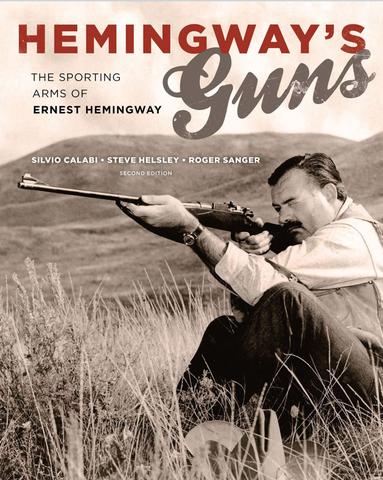 Ernest Hemingway’s friend A.E. Hotchner once described a “yellowed four-by-five picture of Ernest,” shown him by Hemingway, “aged five or six, holding a small rifle. Written on the back in his mother’s hand was the notation, ‘Ernest was taught to shoot by Pa when 2½ and when 4 could handle a pistol.’”
Firearms and shooting infused Hemingway’s existence and thus his writing. He was a member of his high-school gun club and went to war when he was eighteen. He hunted elk, deer, and bear in the American west and went on two extended African safaris, which figured hugely in his writing and changed his life. To the day of his death, Hemingway remained an avid hunter, first-class wingshot, and capable rifleman.
Ernest Hemingway’s friend A.E. Hotchner once described a “yellowed four-by-five picture of Ernest,” shown him by Hemingway, “aged five or six, holding a small rifle. Written on the back in his mother’s hand was the notation, ‘Ernest was taught to shoot by Pa when 2½ and when 4 could handle a pistol.’”
Firearms and shooting infused Hemingway’s existence and thus his writing. He was a member of his high-school gun club and went to war when he was eighteen. He hunted elk, deer, and bear in the American west and went on two extended African safaris, which figured hugely in his writing and changed his life. To the day of his death, Hemingway remained an avid hunter, first-class wingshot, and capable rifleman.
Following years of research from Sun Valley to Key West and from Nairobi, Kenya to Hemingway’s home in Cuba, this volume significantly expands what we know about Hemingway’s shotguns, rifles, and pistols—the tools of the trade that proved themselves in his hunting, target shooting, and in his writing. Weapons are some of our most culturally and emotionally potent artifacts. The choice of gun can be as personal as the car one drives or the person one marries; another expression of status, education, experience, skill, and personal style. Including short excerpts from Hemingway’s works, these stories of his guns and rifles tell us much about him as a lifelong expert hunter and shooter and as a man. Buy Now

